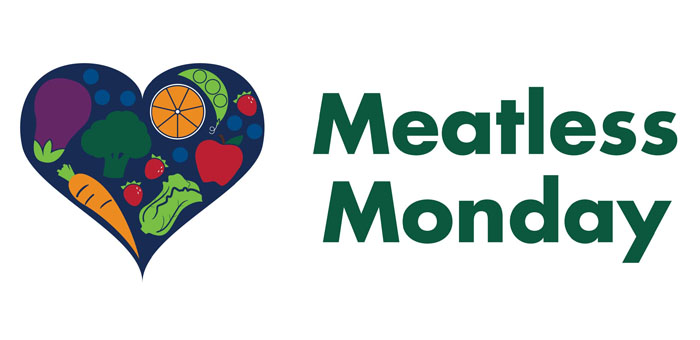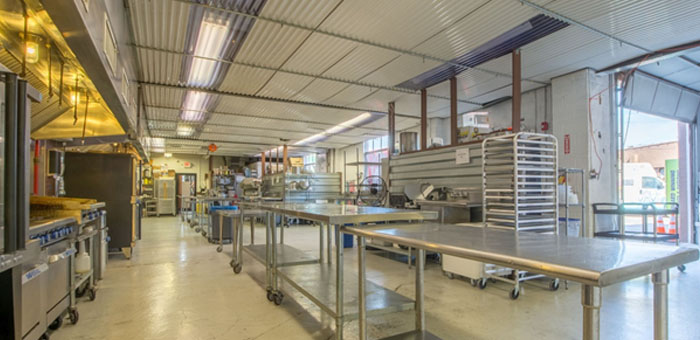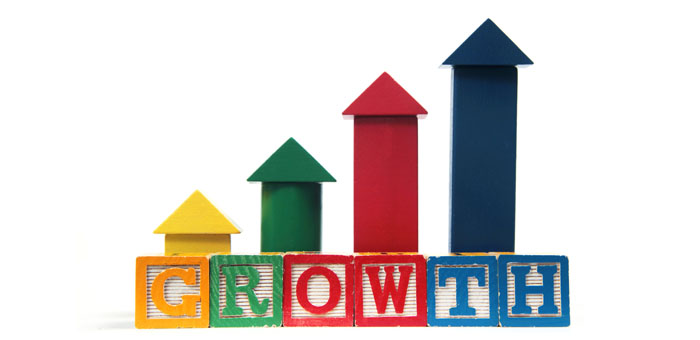In a recent Gallup poll, it was found that of those polled Americans report spending $151 on food per week on average. One in 10 Americans say they spend $300 or more per week and, at the other extreme, 8% spend less than $50.
Gallup has asked a version of this question as far back as 1943, but has not asked it since 1987. In 1943, an average of $15 per week was spent on food. The final 1987 estimate was $106.
But the increases in weekly food spending over time largely reflect the impact of inflation. On a relative basis, after adjusting prior years’ data for inflation to 2012 dollars, Americans are spending less on food now than in the past. The average $151 Americans report spending each week on food today is down from the inflation-adjusted $157 to $214 range Gallup found throughout the mid- to late 1980s, the last time it regularly asked the question.
Adjusting the historical data to 2012 dollars also reveals that Americans’ weekly spending on food began to decline in the 1970s, after rising to a high of $234 in 1966 and 1967. That generally downward trend was interrupted by a spike in 1987.
Young adults’ average weekly food spending is $173, more than what older Americans say they spend. Those with incomes of $75,000 or more per year are averaging $180 per week, compared with $144 for those with incomes of $30,000 to $74,999, and $127 for the lowest income group. And adults with children younger than 18 living at home spend $30 more per week on average than those who don’t have children younger than this age in the home.
Men spend slightly more than women and those in the Midwest spend slightly less than those elsewhere in the country.
Seventy-seven percent of Americans reported eating dinner at home the day before the survey, essentially unchanged from the 80% who said so in 1989, the last time Gallup asked the question. The 10% who said they ate at a restaurant “last night” is also on par with the 8% recorded in 1989.
While Americans’ spending on food appears to be down compared with the past, this may change quickly if food prices spike in reaction to the worsening drought in the Midwest, which is adversely affecting crops such as corn and soybeans. Food prices may rise by up to 3.5% this year and another 3% to 4% in 2013, according to the U.S. Department of Agriculture.




